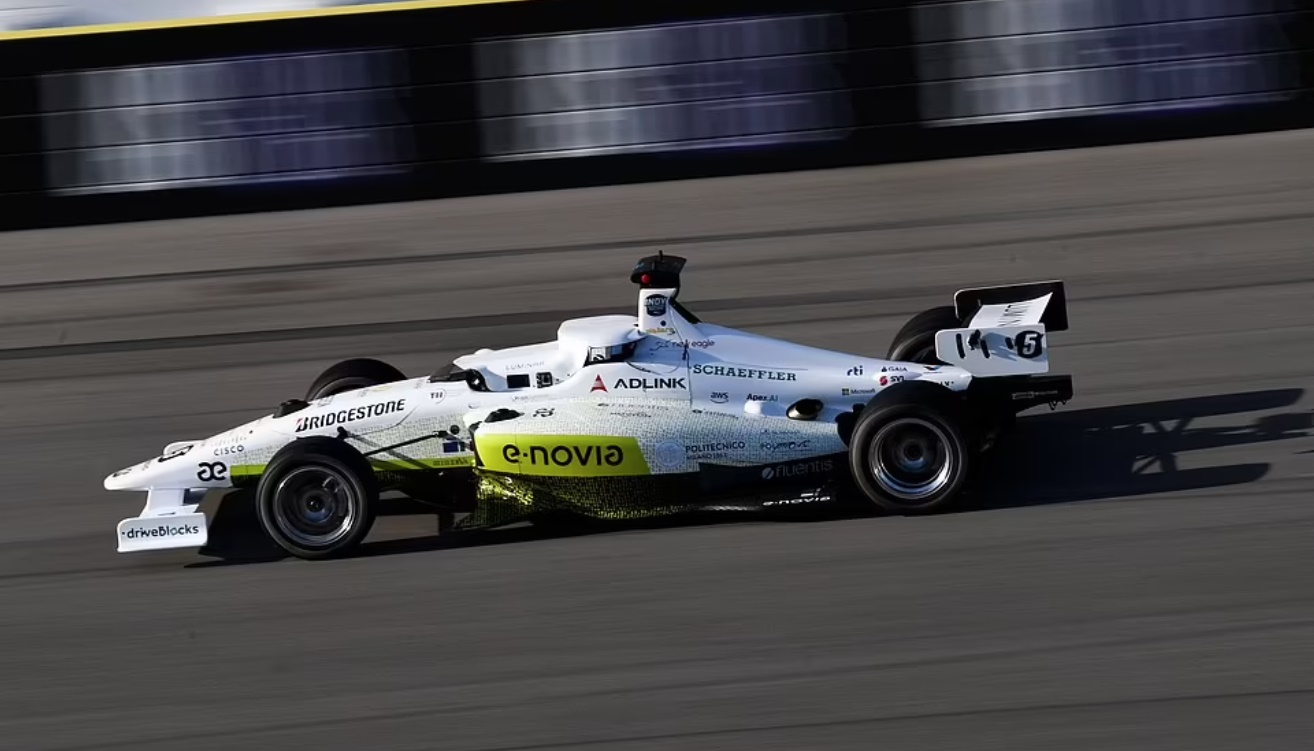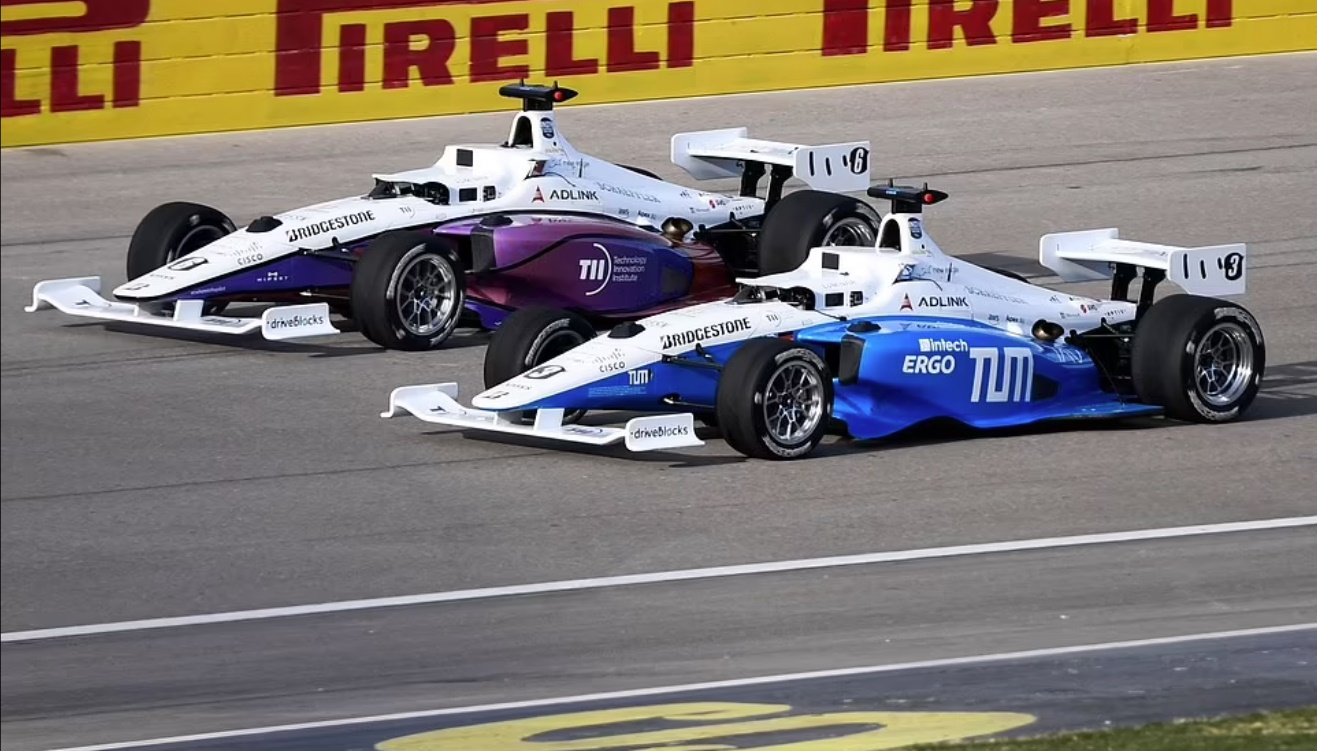IndyCar: In the future drivers won’t be needed for IndyCar races on ovals
Racing IndyCars on ovals is dangerous. The list of injuries and deaths is long. But that danger may someday go away when drivers will no longer be required.
A racecar with nobody at the wheel snaked around another to snatch the lead on an oval track at the Consumer Electronics Show in Las Vegas on Friday in a first-of-its-kind high-speed match between self-driving vehicles.
“Ladies and gentlemen, start your software.” And with those history-making words, uttered by Karen Chupka, EVP of CES, Consumer Technology Association, the world’s first-ever race for autonomous race cars got booted up at the Las Vegas Motor Speedway.
Members of Italian-American team PoliMOVE cheered as their IndyCar-style racecar, nicknamed ‘Minerva,’ repeatedly passed a rival entered by South Korean team Kaist.
Minerva was doing over 173 miles per hour when it blew past the Kaist car, easily beating the top speed hoped for by race organizers and winning the $150,000 top prize.
In the finals, Team PoliMOVE from Politecnico di Milano in Italy and the University of Alabama beat out Team TUM Autonomous Motorsport from the Technische Universität München in Germany in the final head-to-head race.
The race was close with Team TUM spinning out at the end. But TUM couldn’t catch up from behind nor keep up with PoliMOVE’s record speed of 173 mph.
‘It’s a success,’ Indy Autonomous Challenge (IAC) co-organizer Paul Mitchell said to AFP before the checkered flag was waved.
Prof. Sergio M. Savaresi, founder of the winning team from Politecnico di Milano in Italy, said “We’re Italians—racing is in our blood” Several students and faculty from the University of Alabama also assisted the Italians.

All of the autonomous race cars are based on a modified Indy Lights racer built by Dallara and powered by a 2.0-liter, turbocharged 388 bhp Honda (K20C) engine.
The race pitted teams of students from around the world against one another to rev up the capabilities of self-driving cars, improving the technology for use anywhere.
In October, the IAC put the brakes on self-driving F1 cars racing together to allow more time to ready technology for the challenge, opting instead to let them do laps individually to see which had the best time.
‘This almost holds the world record for speed of an autonomous car,’ PoliMOVE engineer Davide Rigamonti boasted as he gazed lovingly at the white-and-black beauty.
The single seat usually reserved for a driver was during this race instead packed with electronics.
PoliMOVE had a shot at victory at another race in October in Indianapolis, clocking some 155 miles per hour (250 kilometers per hour) before skidding out on a curve, according to Rigamonti.
Friday, it was the South Korean entry that spun out after overtaking a car fielded by a team from the University of Auburn in the southern US state of Alabama.
‘The students who program these cars are not mechanics; most of them knew nothing about racing,’ said IndyCar specialist Lee Anne Patterson.
‘We taught them about racing.’
The students program the software that pilots the car by quickly analyzing data from sophisticated sensors.
